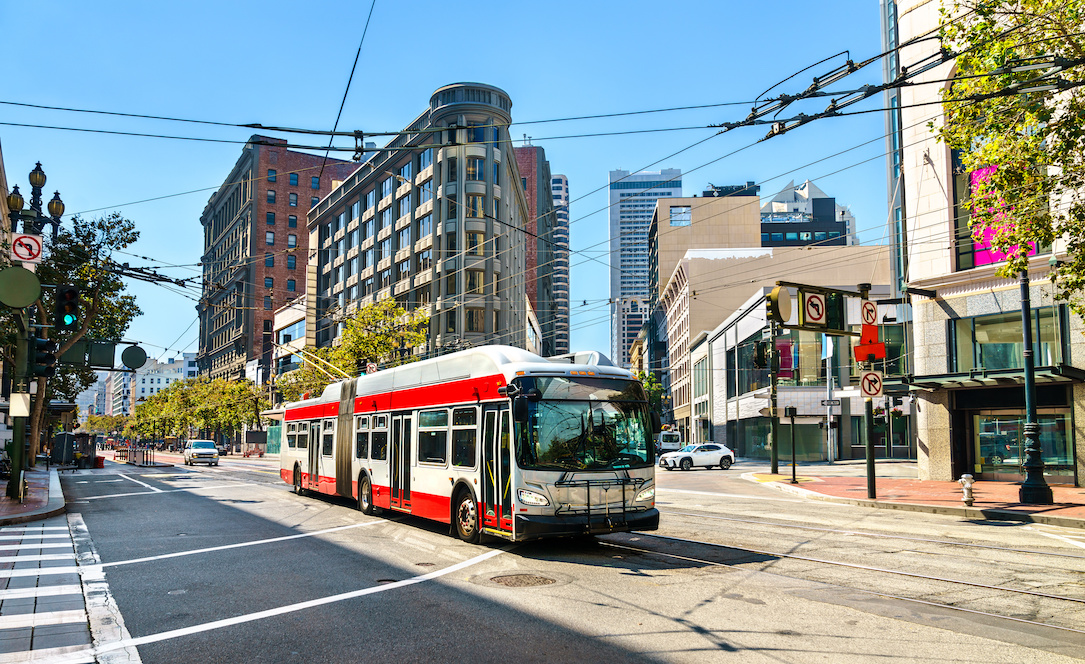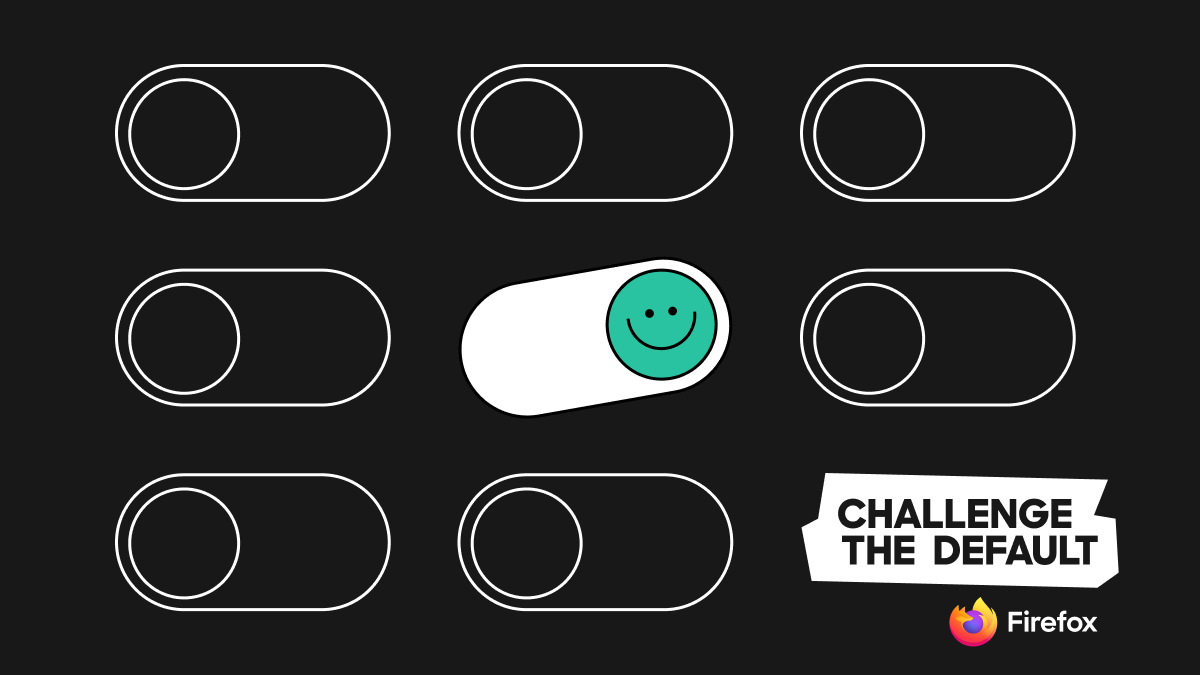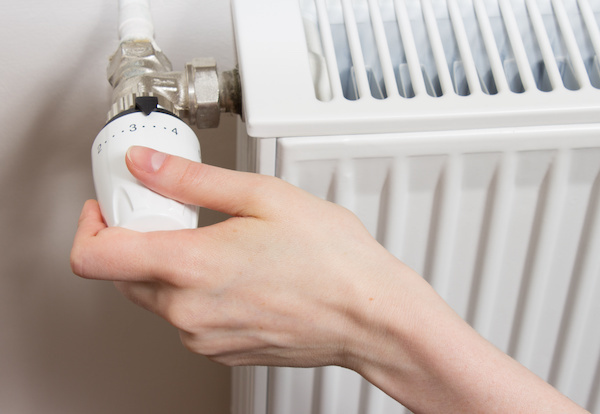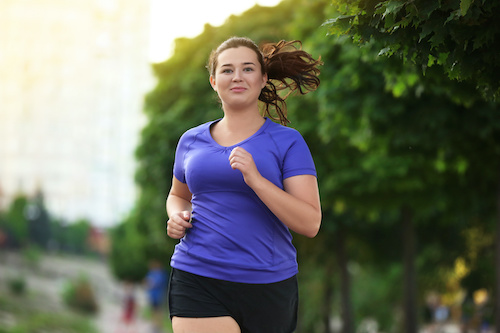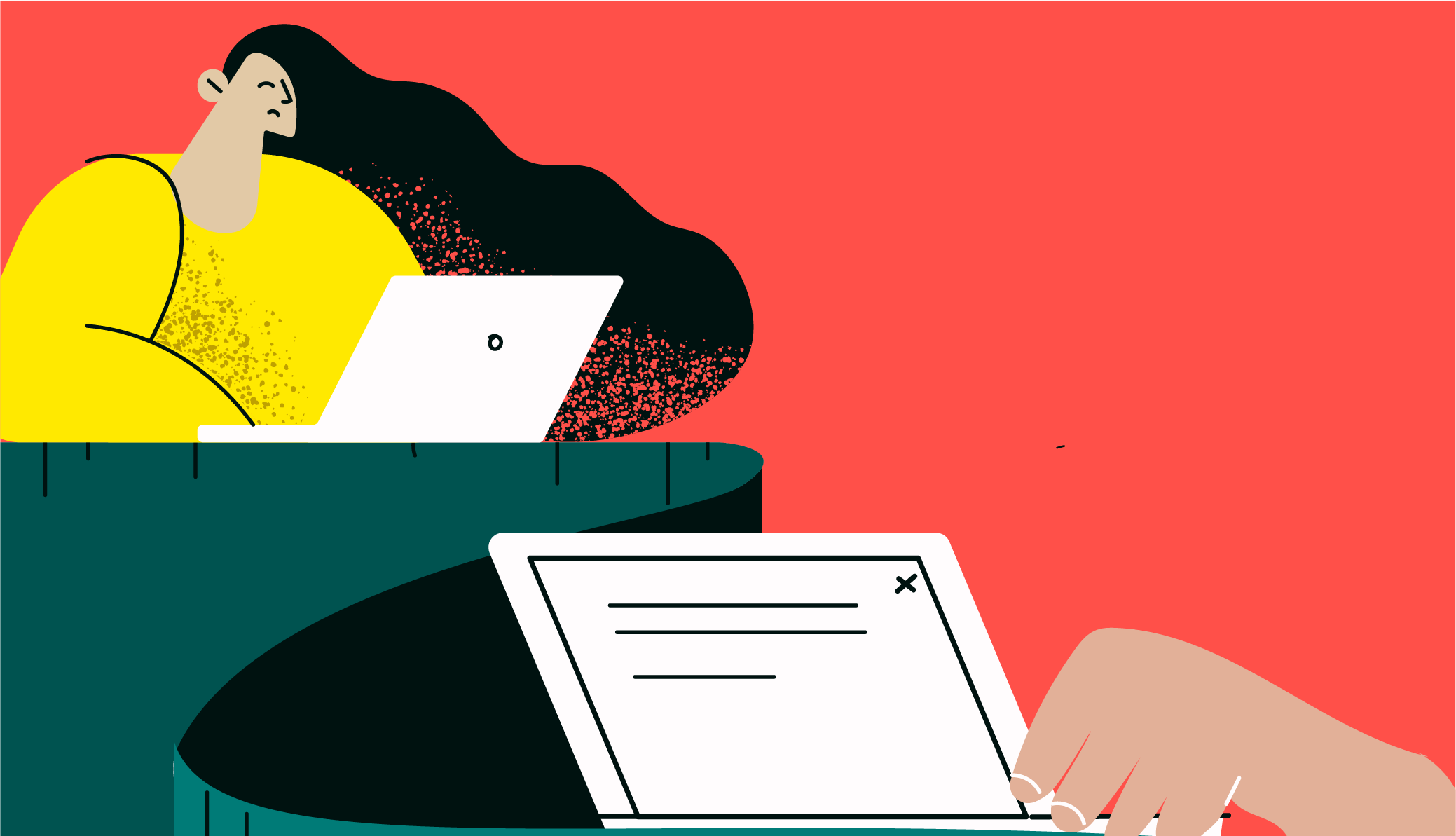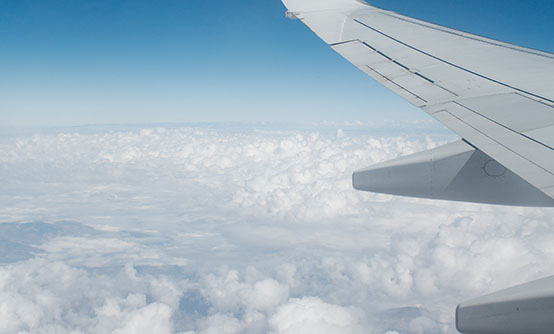Sport
"That looks like me...": How images used in marketing influences who signs up to sport programmes
2023
PARTNERS
Sport Ireland, Local Sports Partnership (LSP) network
Share
We worked with Sport Ireland and the Local Sports Partnership (LSP) network to explore the impact that the images and Calls to Action (CTA) used in advertising have in the context of recruiting participants onto sports programmes.
All National Governing Bodies (NGBs) want to increase participation numbers in their sport1. Within this aspiration there is often a specific focus on recruiting inactive participants2, recognising the mental, physical and social benefits of physical activity. Reaching and engaging these participants can be hard, as they are not on the radar for many sports organisations.
The marketing materials and campaigns used to promote programmes are key to these efforts. These campaigns have to: 1) be seen or heard; 2) draw attention; 3) engage and interest viewers; and 4) prompt action, getting people to sign up to the programme.
To date there has been scant research into how to recruit people to sign up to sport or physical activity programmes (Cooke & Jones, 2017). Working with the LSP network to deliver a national Couch to 2k programme3 presented an opportunity to robustly test some key questions.
Images draw attention and convey information about the programme and who it is for, making the people you feature in your campaigns very important.
We set out to understand how the models used in marketing materials for physical activity programmes influenced the types of participants who signed up. We tried four images, testing gender (male vs female) and body type (bigger build vs athletic build)4.
We also tested three calls to action (CTAs), 'Sign up today', 'Sign up with someone' and 'Refer a friend’ to understand which would perform the best. Combining the images and CTAs generated 12 versions of advertisements, the rest of the content in the adverts was kept constant.
Examples of the four images and three CTAs used:
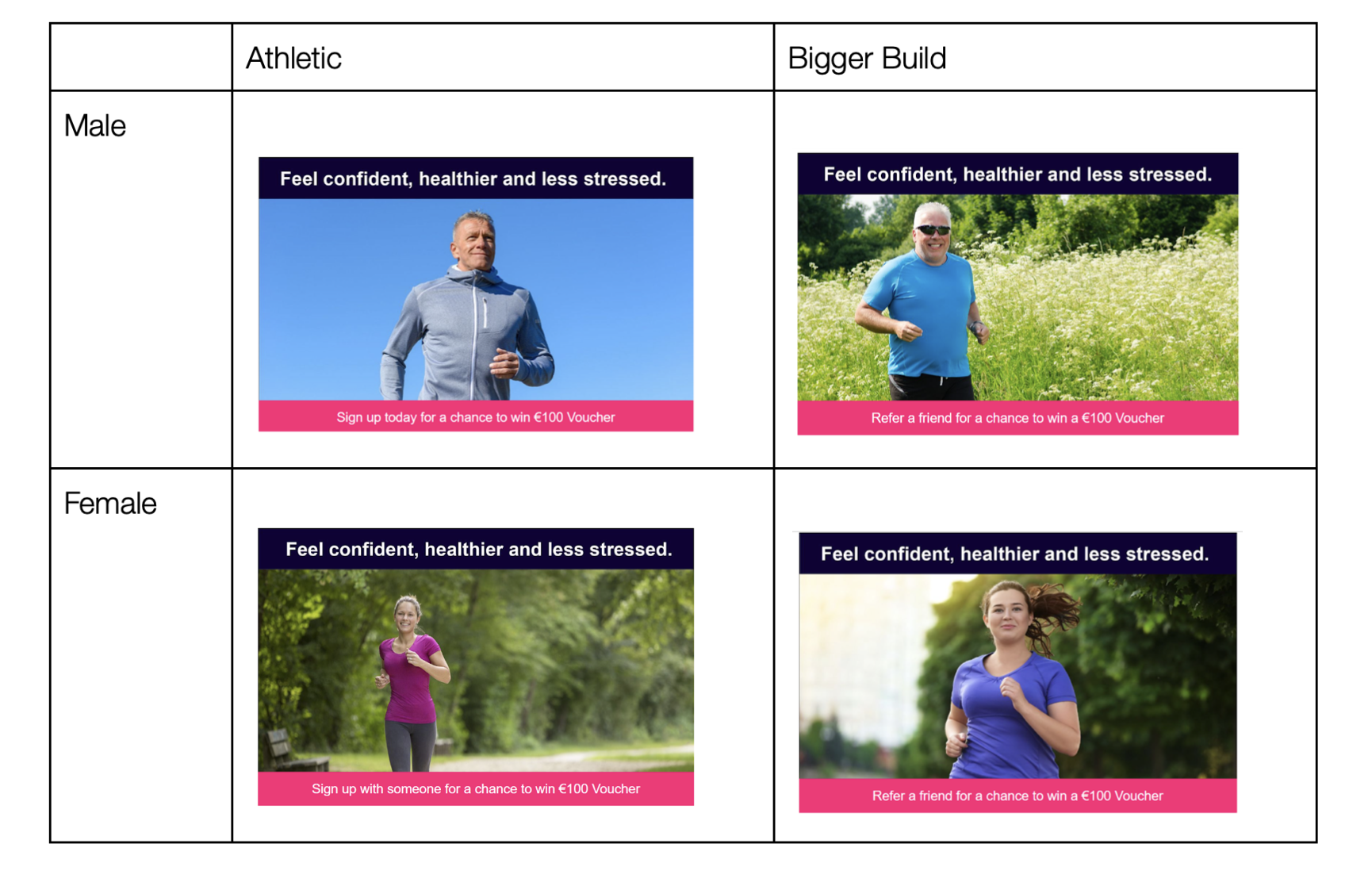
Images and CTA’s were tested using a randomised controlled trial (RCT) with 10,531 people who were on the LSPs databases. We tracked the number of people who signed up and the profiles of the recruits, with a specific focus on inactive participants.
The ‘Sign up with someone’ CTA significantly outperformed the ‘Sign up today’ and ‘Refer a friend’ message.
For inactive participants, the ‘Sign up with someone’ CTA had a significant positive effect, increasing the percentage of inactive signups from 0.82% to 1.51%. Although a small lift, this represents a large effect size: an increase of 84%, highlighting that this CTA is especially effective for inactive participants.
Figure 1. Sign up rates of inactive participants (%) split by the call to action.
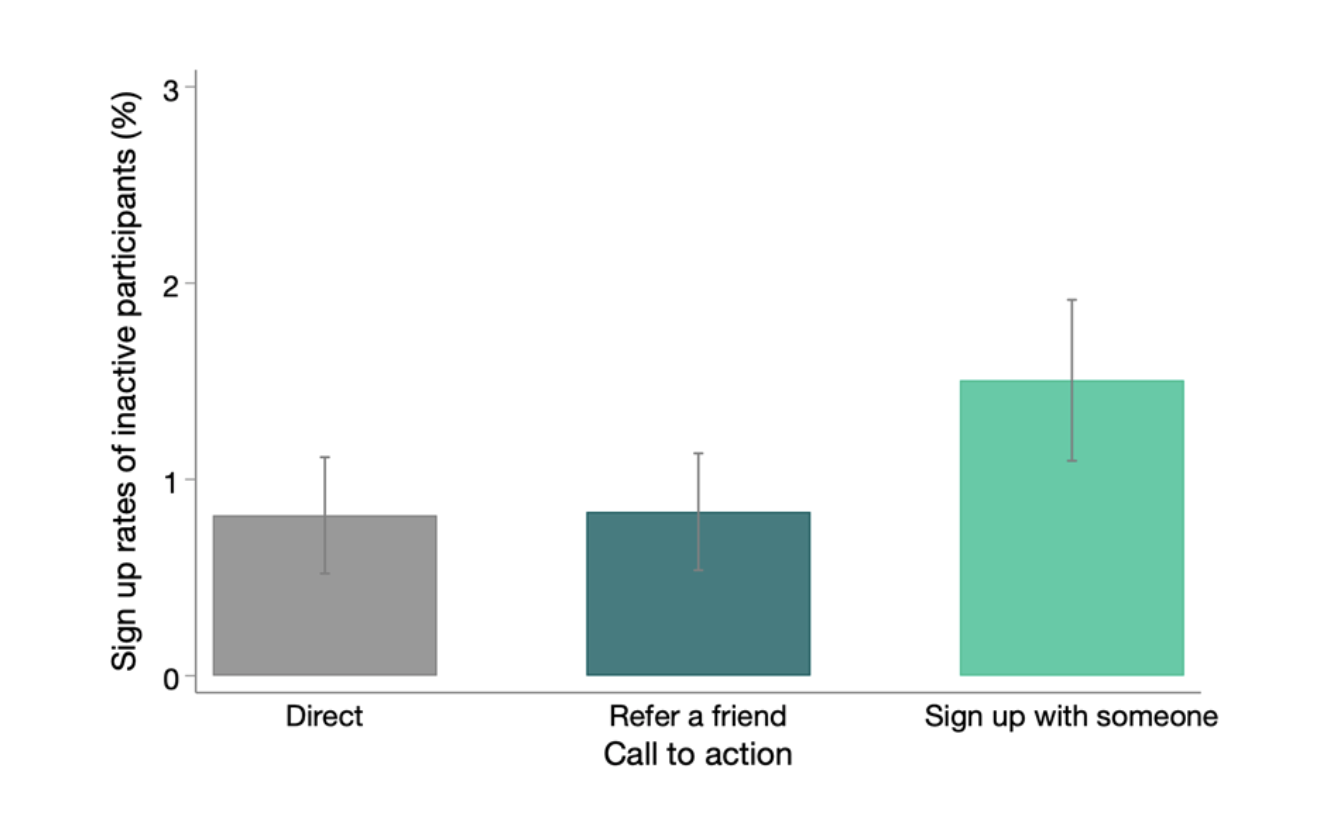
The bigger build imagery paired with the ‘Sign up with someone’ CTA, was the best performing ad, recruiting 1) more participants, 2) more inactive participants and 3) more female participants.
The participants recruited using this combination of images and call to action were also more likely to sign up and start the programme, suggesting that the bigger build imagery instilled participants with a higher commitment to starting the programme. Additionally, the image of the athletic woman recruited significantly less women and inactive participants onto the programme.
Social Identity Theory (Tajfel and Turner, 1986), provides useful a framework to understand these results. The theory suggests that behaviour is heavily influenced by how people perceive themselves and the groups they belong to (the in-group). We conclude that in this trial, participants identified more with the bigger build imagery, viewing this as an in-group message, helping them realise it is a programme for them.
The key actionable takeaway for sports organisations is to limit the use of athletic models; especially for recruiting inactive women.5
We can share the full report of this work on request.
1 Sport Ireland is committed to increasing participation in sport to 60% of the population by 2027.
2 Inactive participants are defined as having exercised for 30 minutes or less in the last seven days).
3 Couch to 2k programmes are 5 week walk to jog programmes that support participants from no exercise to jogging 2k.
4 To select the images, we pre-tested 8 images with 1,000 members of the Irish public, recruited via an online panel provider. When this work was delivered Ireland was in COVID lockdown. The image of a single person was chosen to reflect the requirement for social distancing.
5 The programme recruited 88.9% women, a big skew, meaning we could not test if this held for male participants as well.


